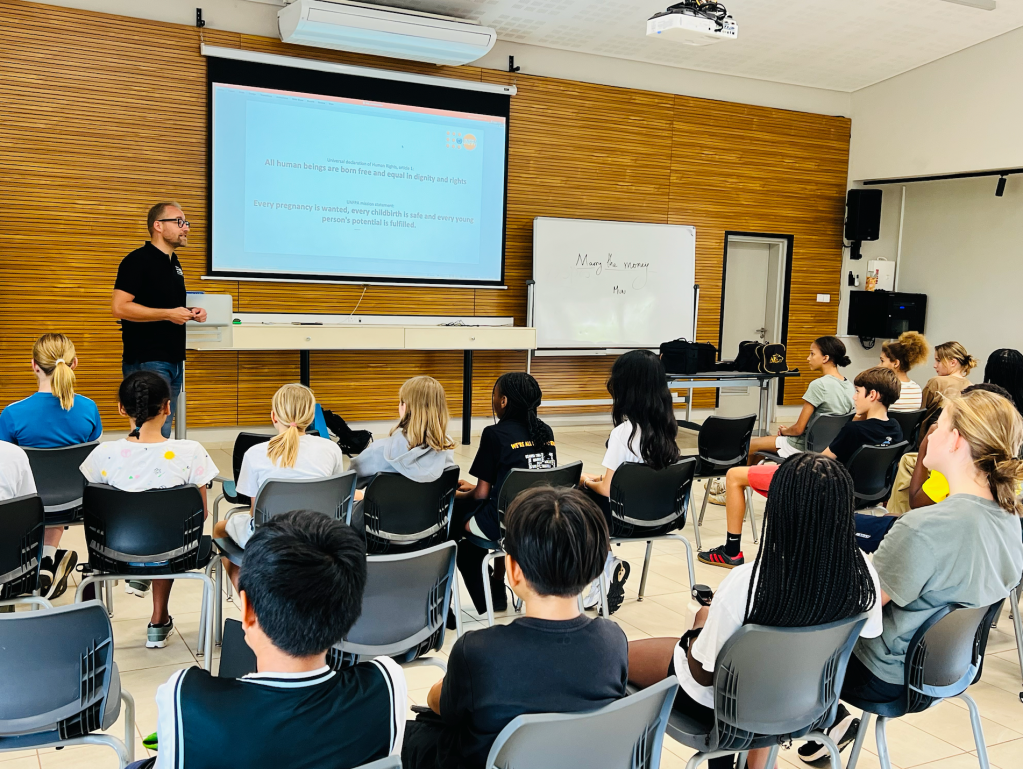

Long overdue for a post and celebration of learning. I continue to teach at the American International School of Lusaka (Zambia) and currently teach grades 7 and 8 (Individuals and Societies and English Language and Literature. This is year 7 for me at AISL. Photos by Rob Martin
My colleague, Alta, and I welcomed AISL parent Seth Broekman as a guest speaker in our 7th-grade Individuals and Societies (Social Studies) classes on November 1. Mr. Broekman, who works with the United Nations Population Fund (UNFPA), discussed the United Nations Declaration of Human Rights and UNFPA’s mission and impact in Zambia and globally. He shared stories, answered students’ questions, and guided a “Power Walk” activity, where students simulated the experiences of people from diverse backgrounds to understand disparities in accessing human rights. By “walking” in the shoes of others, participants experience power dynamics shaped by factors like gender, occupation, age, and health. This exercise raises awareness of how these differences impact resilience to challenges, including climate change, and encourages leaders to reflect on how their roles might create distance from those they aim to support.

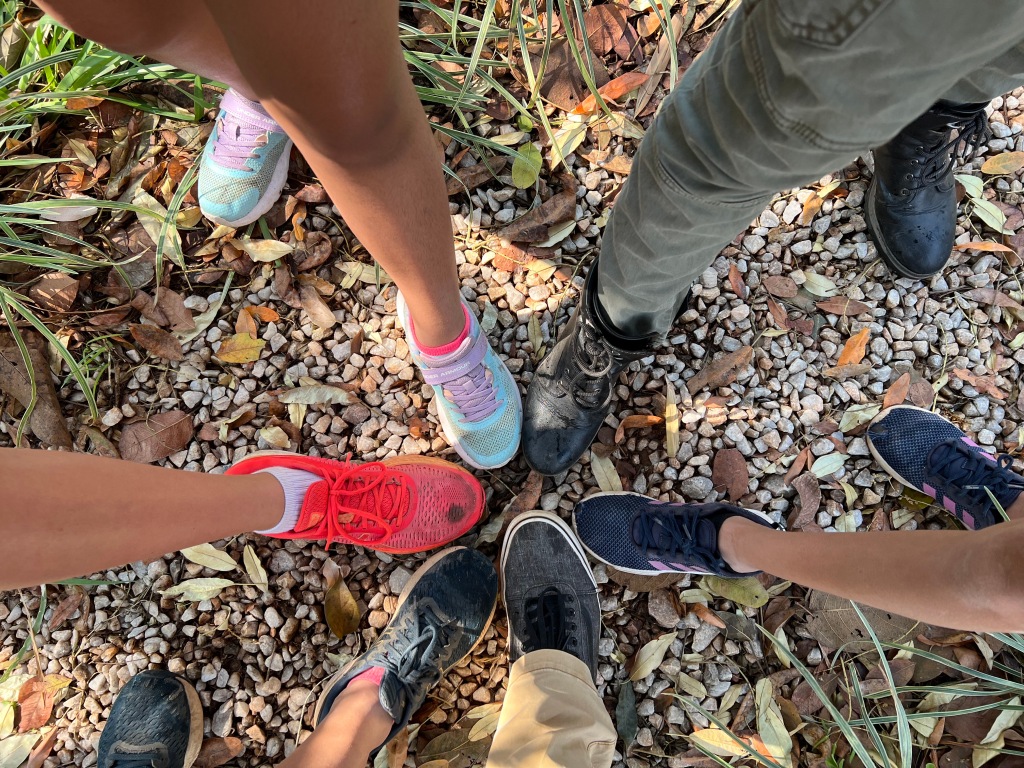
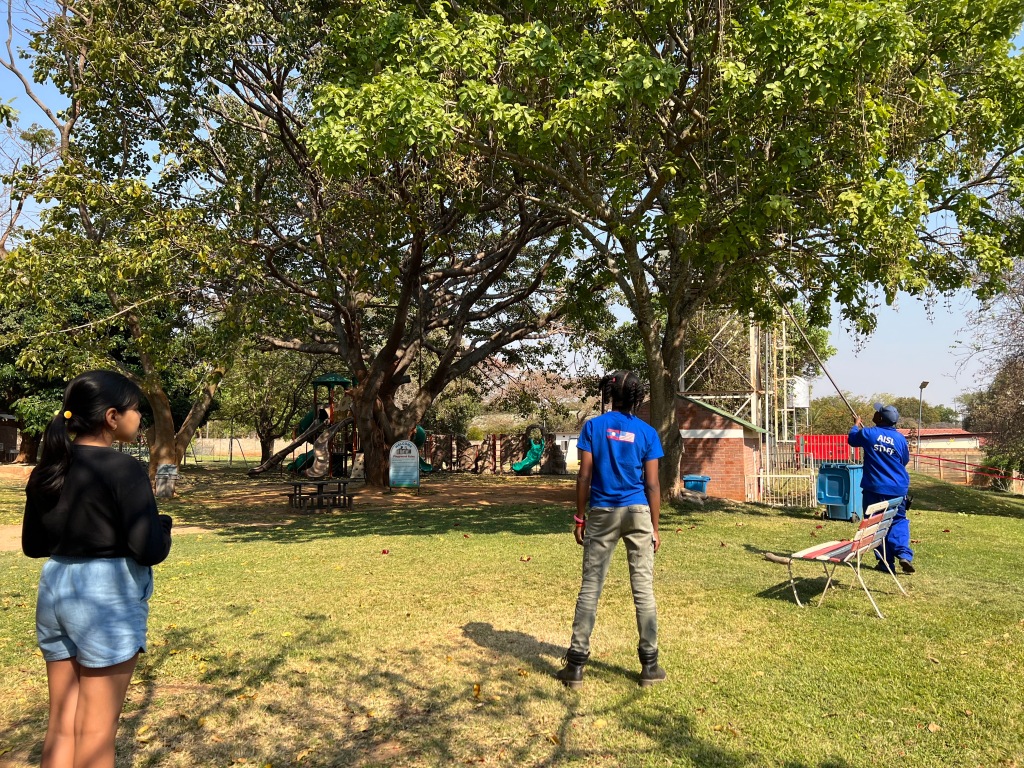
















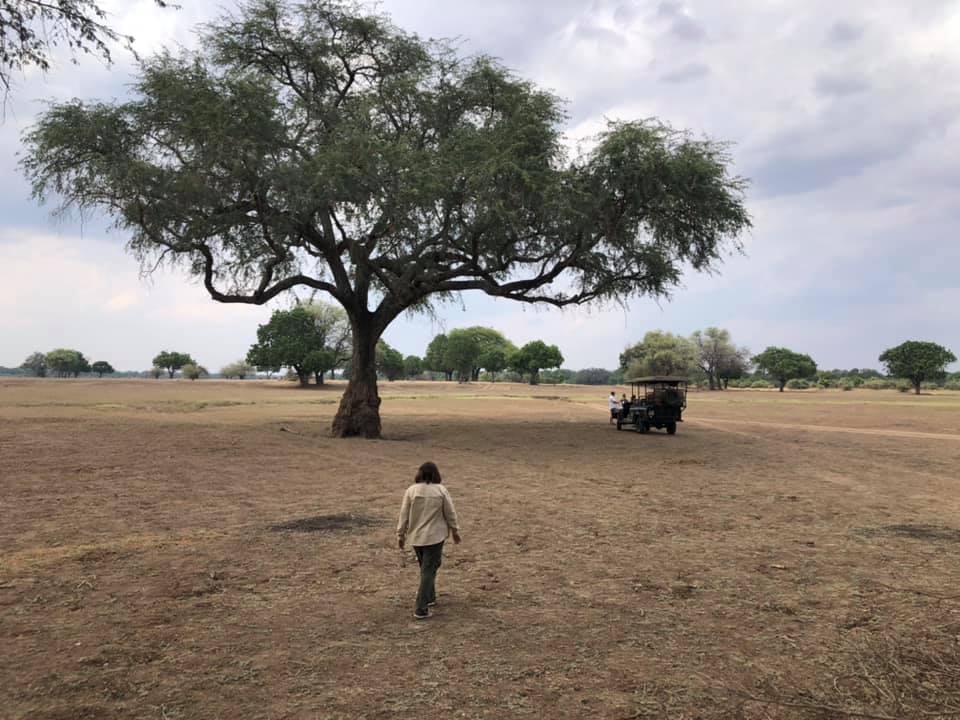

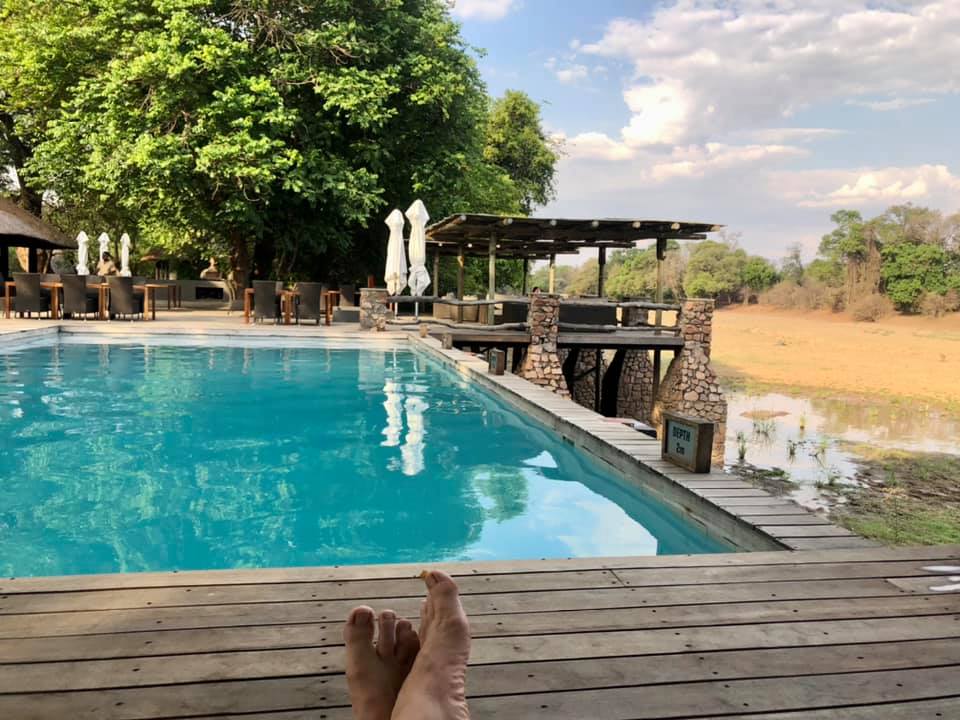


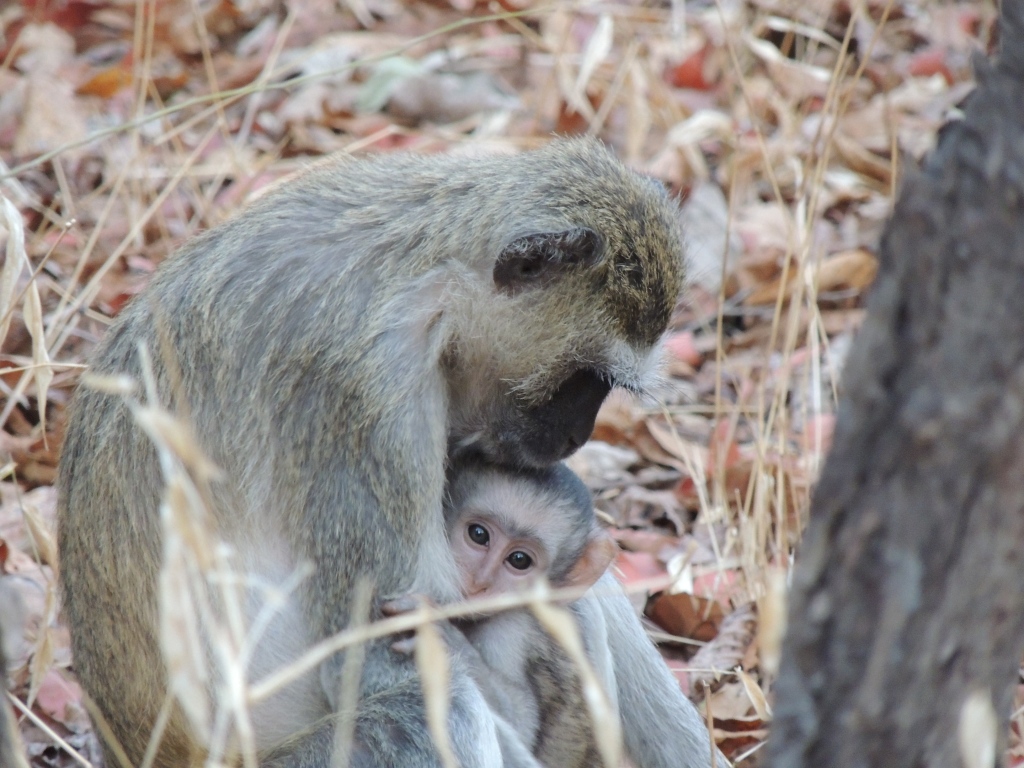




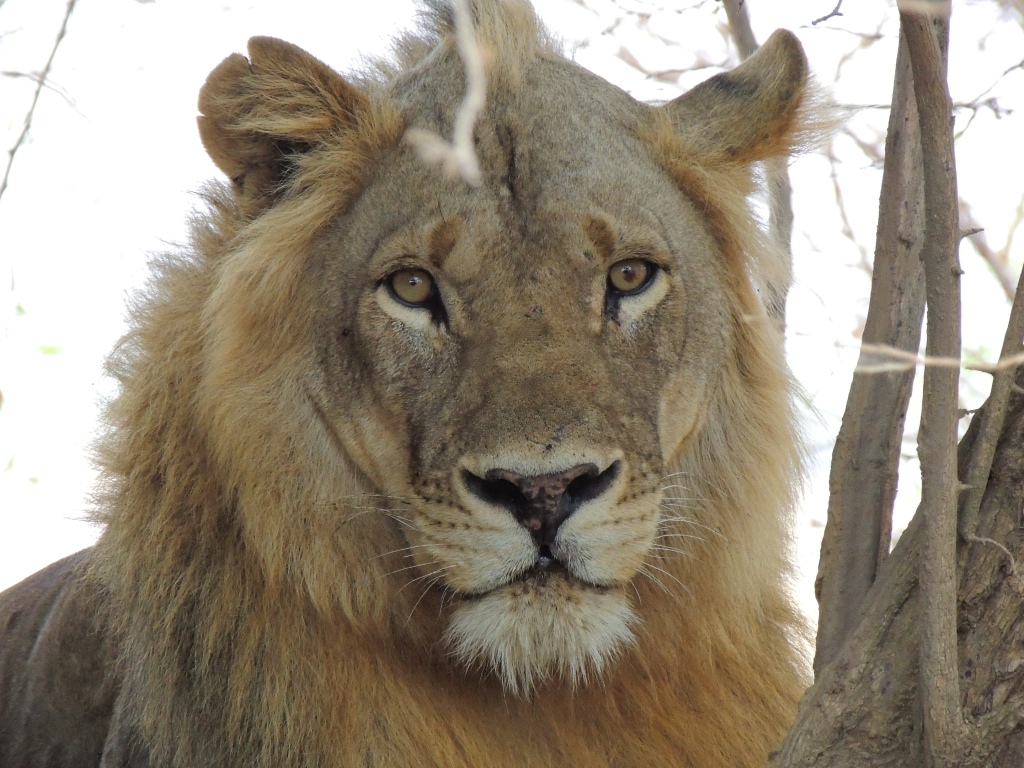

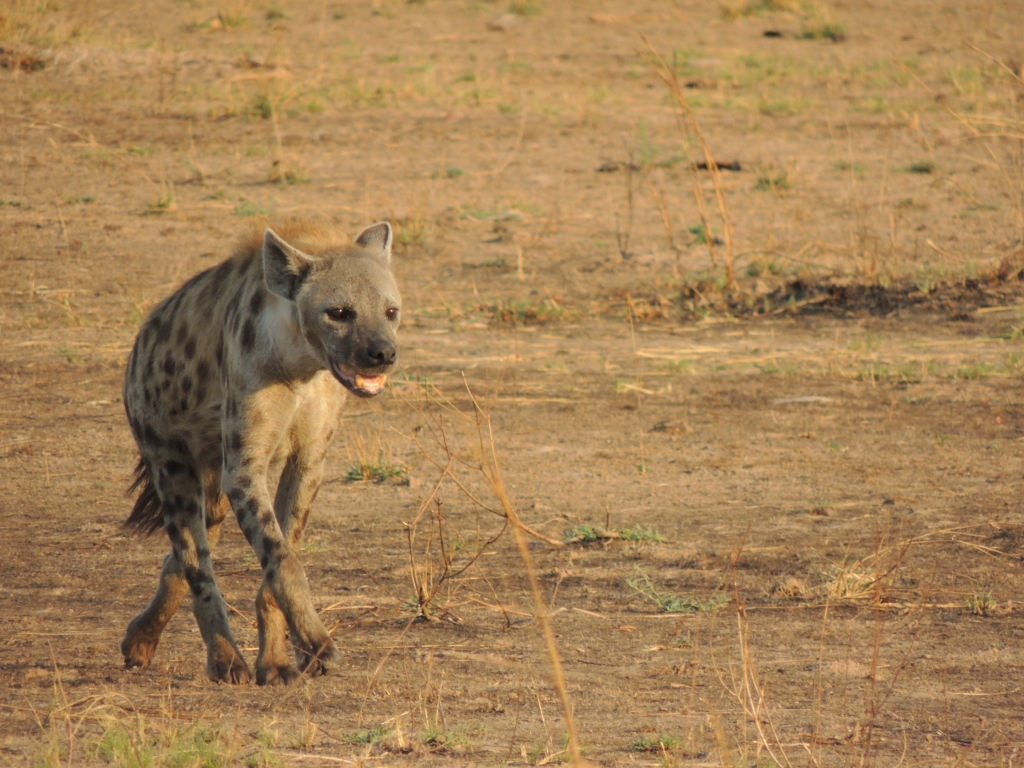



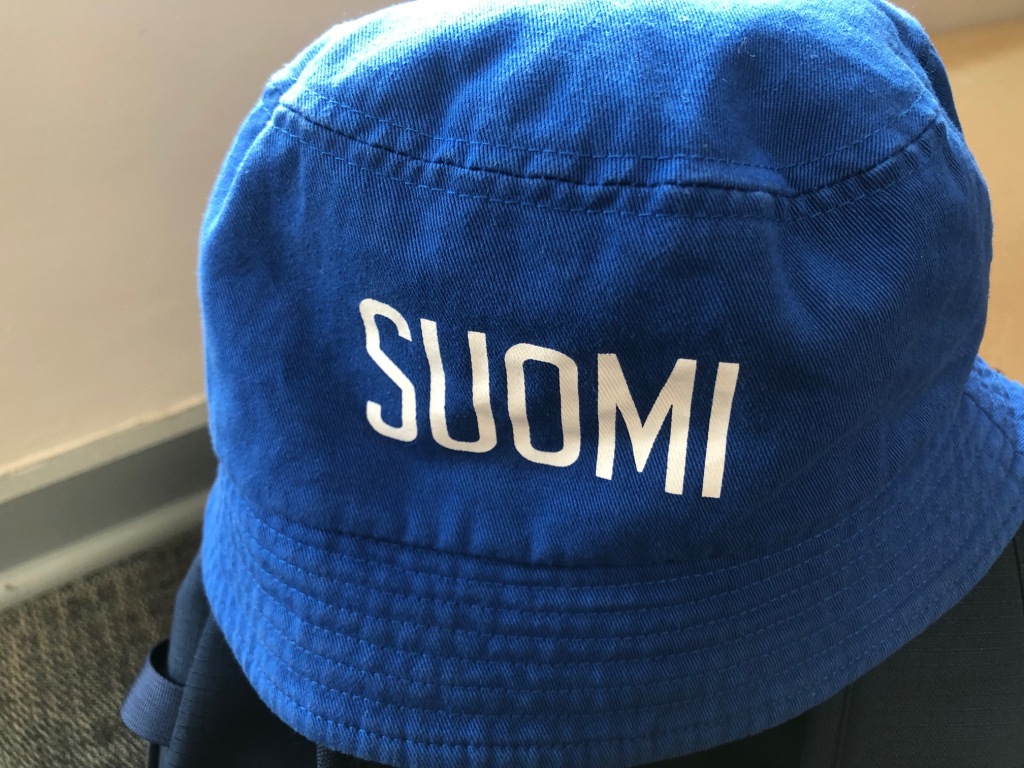

























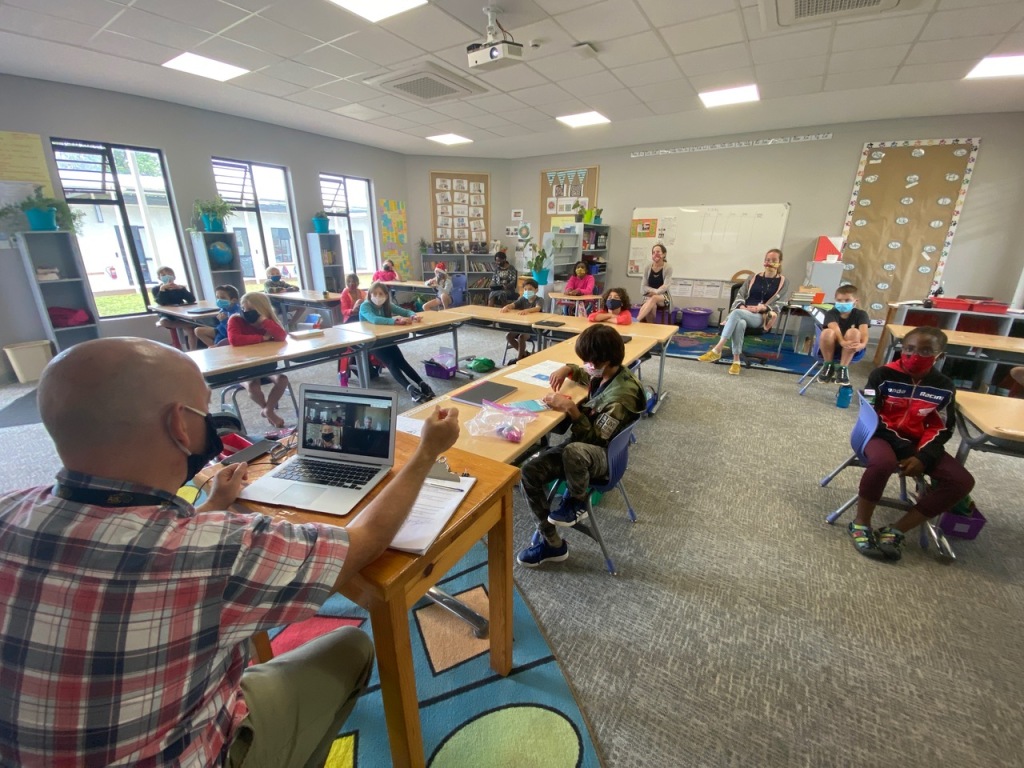


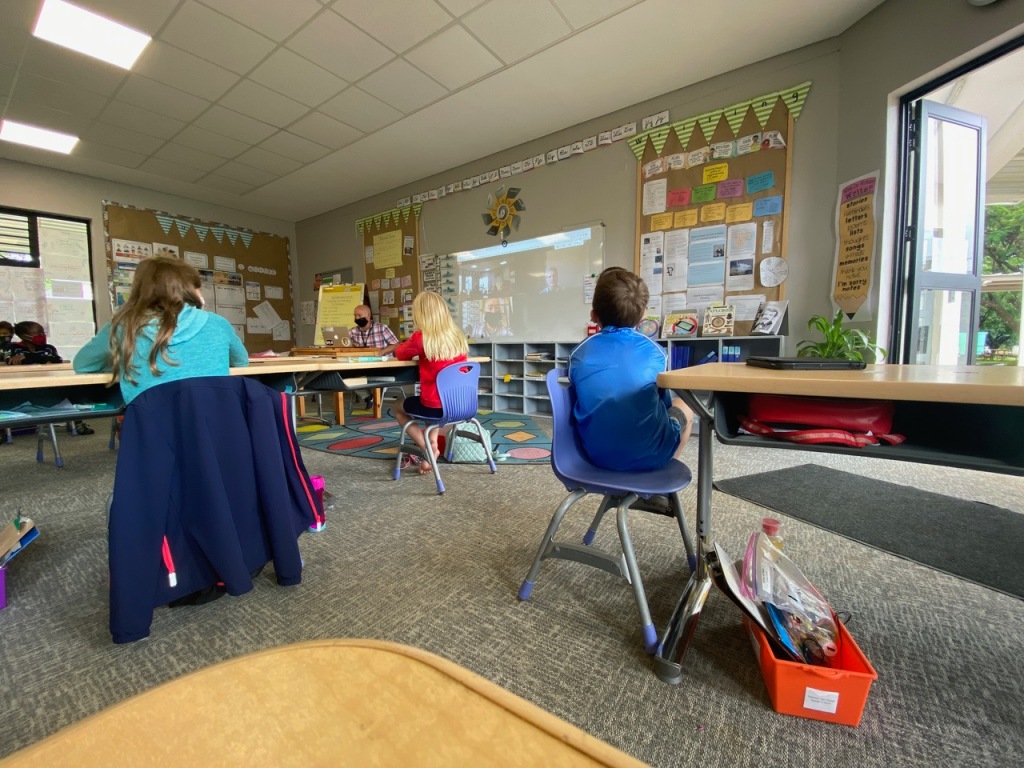

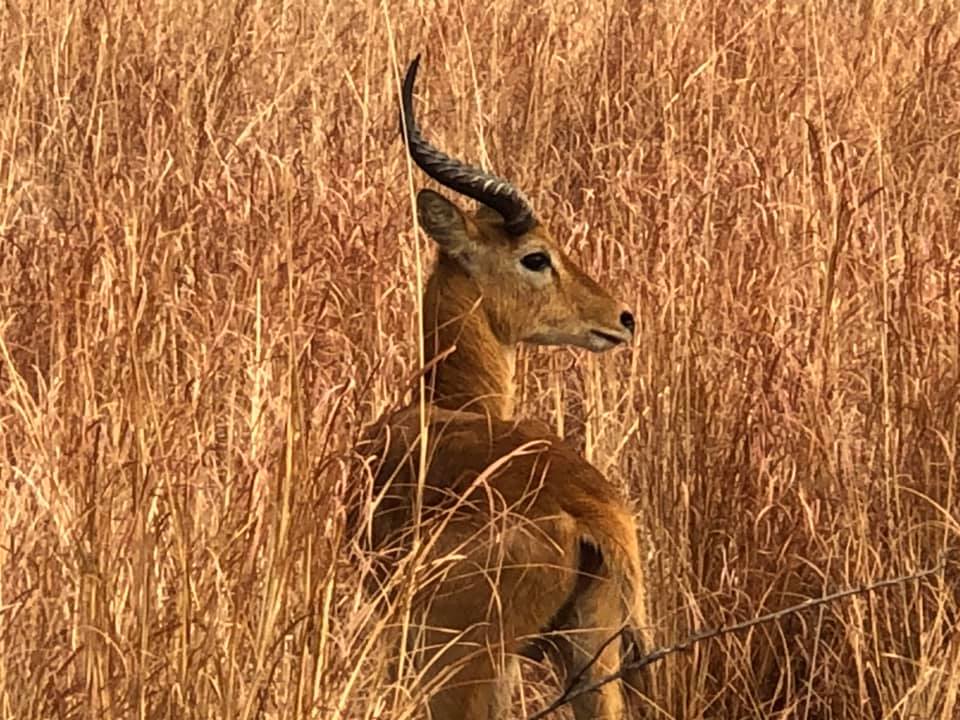



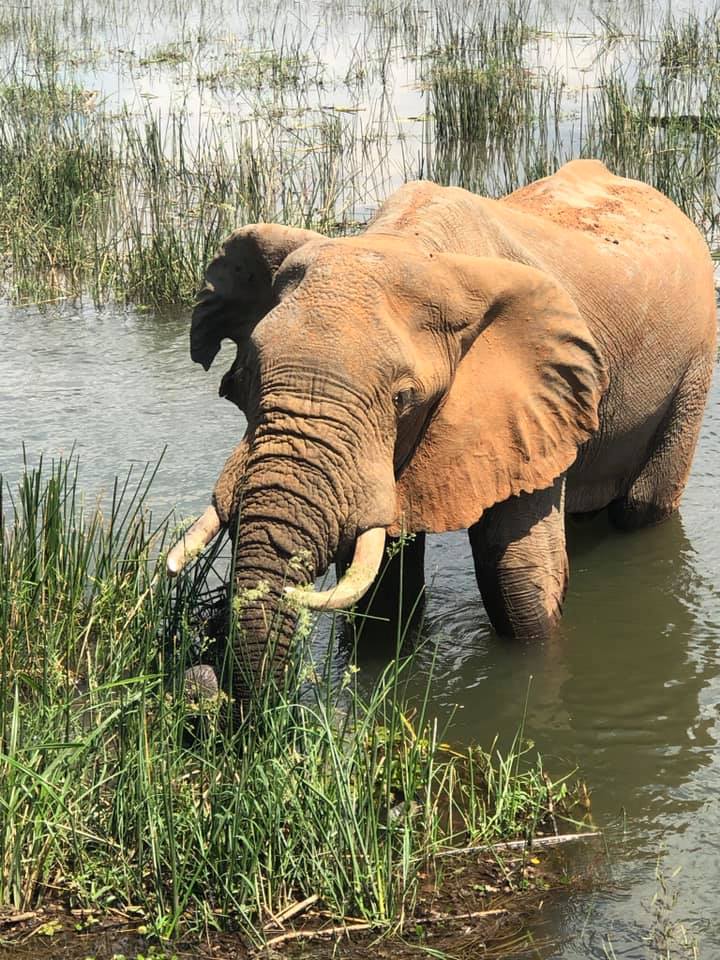
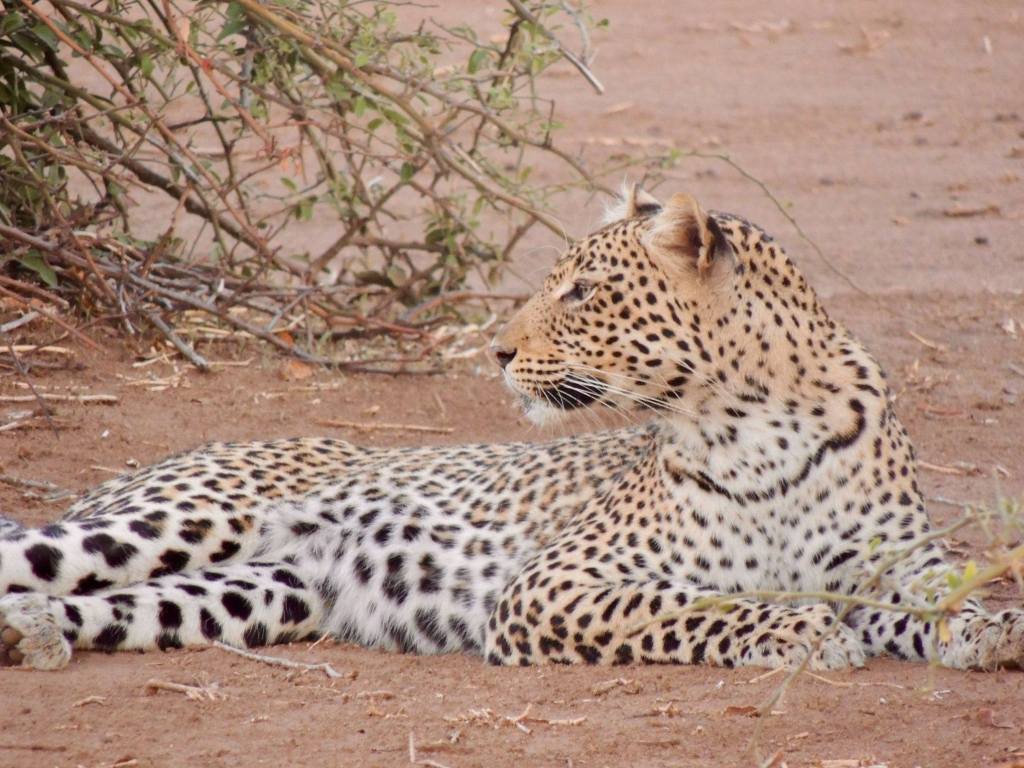
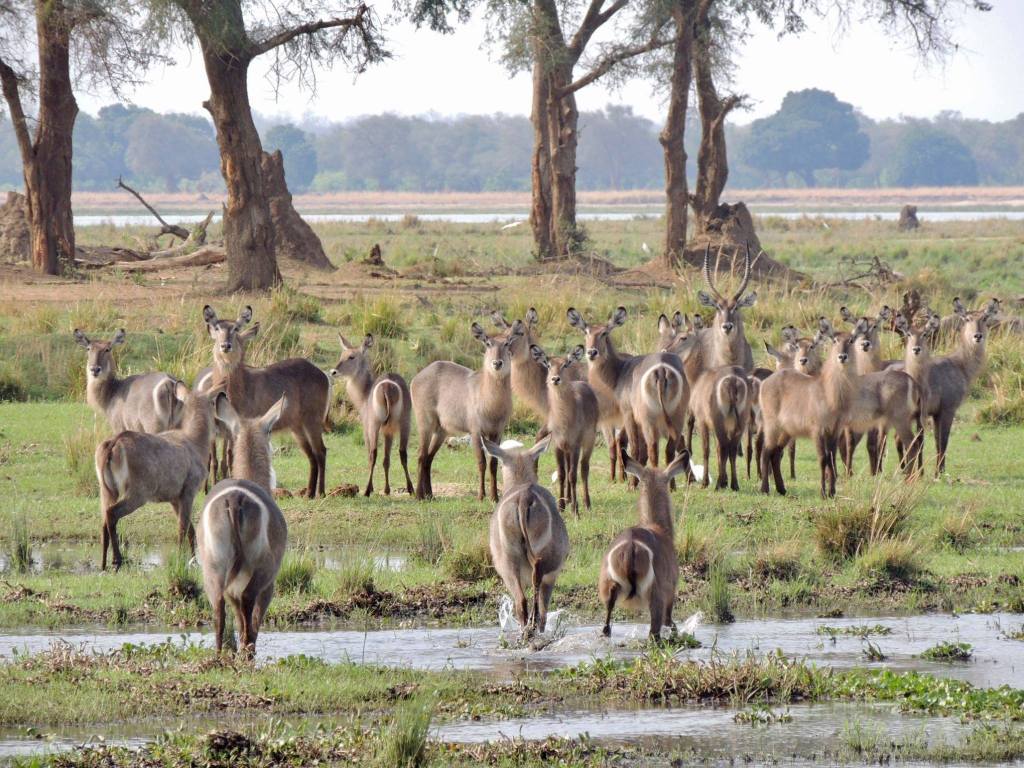









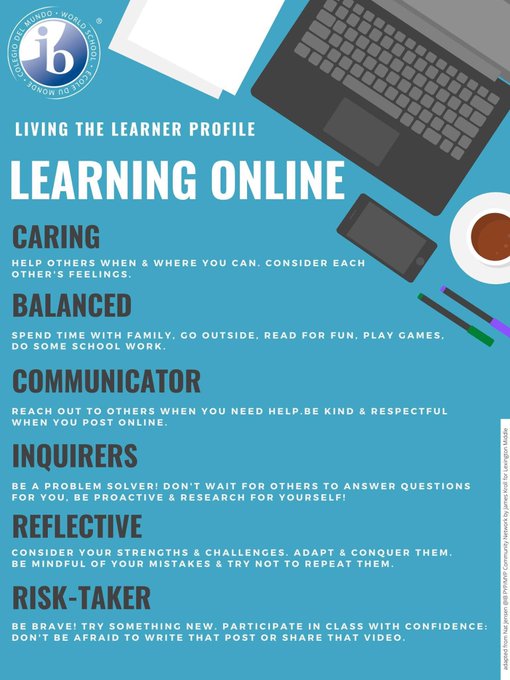


Recent Comments